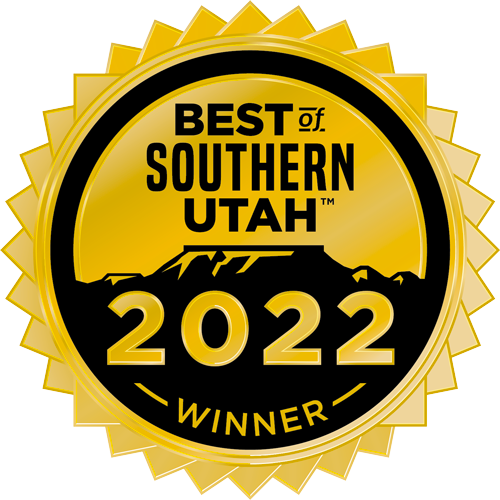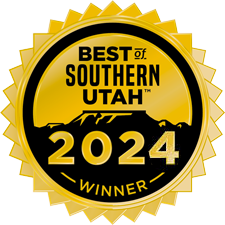Because varicose veins are often linked to a sedentary lifestyle or being overweight, it’s common to assume that athletes or people who exercise often aren’t at a high risk of these kinds of conditions. Athletes are constantly in motion, after all, which promotes circulation and blood flow, and prevents venous conditions.
In reality, though, athletes are susceptible to varicose veins and other venous conditions just like the rest of us. Additionally, because many athletes put their bodies under extreme stress and push through pain, they may look past signs of varicose veins or simply assume they’re something else.
How Athletes Get Varicose Veins
Varicose veins in athletes are caused by many of the same factors as the rest of the population: caused in large part by genetic traits, and worsened by factors like age, weight, trauma and frequent sitting or standing. With athletes, however, regular athletic stress may exacerbate these symptoms further.
As we noted above, high levels of exercise do indeed stimulate blood circulation. This means more blood flows from the heart to the leg to provide oxygen. As this blood returns to the heart after depositing oxygen, however, it puts pressure on the valves and walls of the veins. The harder the workout, the more pressure that’s placed on the valves and walls. Over time, pain and swelling can reduce strength and endurance in this area.
Dealing With Symptoms
Fortunately, there are a few simple tweaks you can make to help reduce varicose vein symptoms both now and into the future. These include:
- Wear compression garments: Compression garments that fit properly can be very helpful for many athletes in preventing varicose veins. These garments stop blood from pooling up in the legs, helping it circulate from the legs and back up into the rest of the body and helping decrease pain and swelling.
- Use resistance bands: Use these to work out your legs and stimulate the muscles in them, thereby increasing circulation.
- Adopt post-exercise habits: As soon as you’re done with activity, look for ways to reduce any blood that might be pooling in your lower legs. Elevating the legs and feet is a big one here. If you have access to a shallow pool, use it for toe raises to increase circulation—the water is helpful because it limits the effect of gravity on blood still pooling up in the legs.
- Treat underlying causes: For long-term relief from varicose veins, athletes have to look to their underlying causes and treat these.
Your doctor or vein specialist can offer additional recommendations, as well as diagnosis and treatment options for varicose veins.
Source:
“How Athletes Can Better Manage and Avoid Varicose Veins.” Center for Vein Restoration. https://www.centerforvein.com/athletes-can-better-manage-avoid-varicose-veins/




